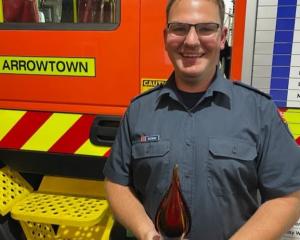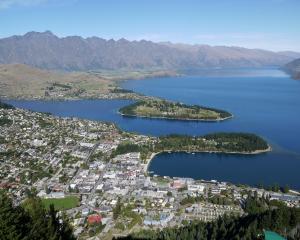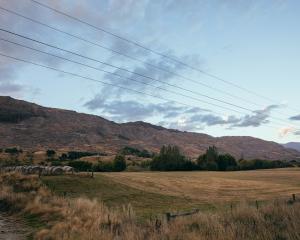The photograph was taken about 1890, some 28 years after Arrowtown was established as a gold-mining village.
The first Chinese - single men only - arrived in Arrowtown about 1866 (the first Chinese women arrived in New Zealand in 1873) and gradually turned the Bush Creek settlement into the hub for their numbers.
According to information listed on various websites, about 20 "comfortable sod huts", a large social hall and two stores were at Bush Creek between 1870 and 1885, plus extensive market gardens.
Getting definitive numbers on the Wakatipu's Chinese population is difficult because of their transient nature.
The 1874 census figures show 3564 Chinese in Otago but localised figures list the numbers at between 16 and 20 living in Arrowtown up to 1900.
However, about 300 were at Macetown in the early 1870s, primarily in Scanians and Eight Mile Creek, while others worked in the Shotover and Arrow gorges and for a Chinese mining company working the Arrow Flat.
It is thought the Bush Creek huts were more of a retreat from the harsh winters of heavy frosts and snowfalls.
Given the high numbers of Chinese who worked in the Wakatipu, it is believed many returned to China with their wealth gleaned from the goldfields, as fewer than 100 are buried in the district.
Life was not always pleasant for some of those who stayed here. According to the Arrowtown.org website, the passing years were "cruel; eager young men became aged, gold became scarce and fortunes changed for the worse".
Comparing their fate to that of the Chinese living in Cromwell, the site quotes Chinese missionary the Rev Alexander Don: "How they [Cromwell's Chinese] continue in life year after year in those miserable little huts is a marvel to me. The atmosphere must be just thick with disease germs . . . most of the men are very old and infirm and they live on from day to day, doing nothing, eating little and sleeping much, without God and without hope."
The Bush Creek site was excavated in 1983 and some huts and a store were restored.
There are also the remains of about 12 other buildings.
• The Lakes District Museum has an extensive display of photos, artefacts and information on the settlement.












